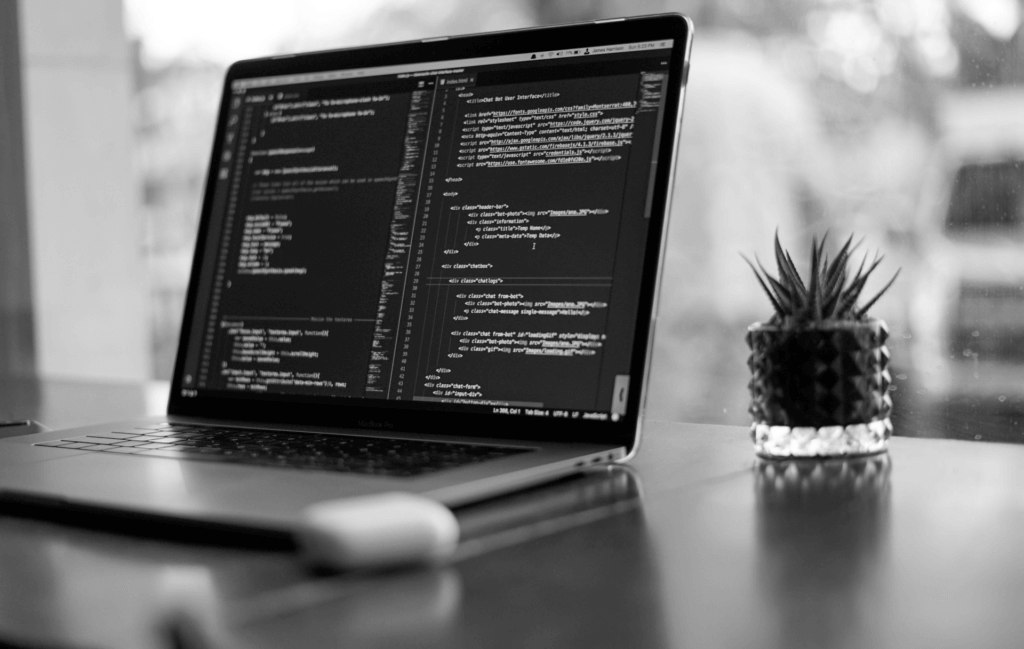
National Coding Week: Hark Software Engineers Advise on Getting Started with Code
Hard working software developers are the very core of Hark, helping bring new functionality, better UI, and constant performance upgrades to The Hark Platform. In honour of National Coding Week, we’ve put the spotlight on our team, to let them tell their story and share some tips for budding coders!











